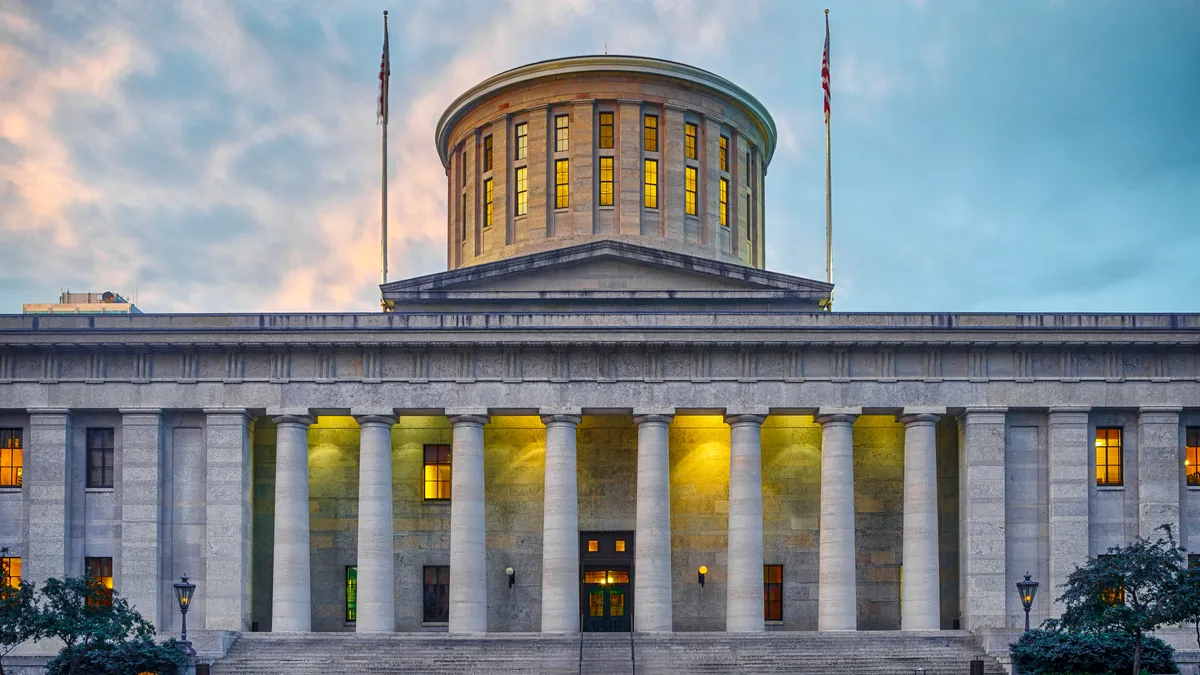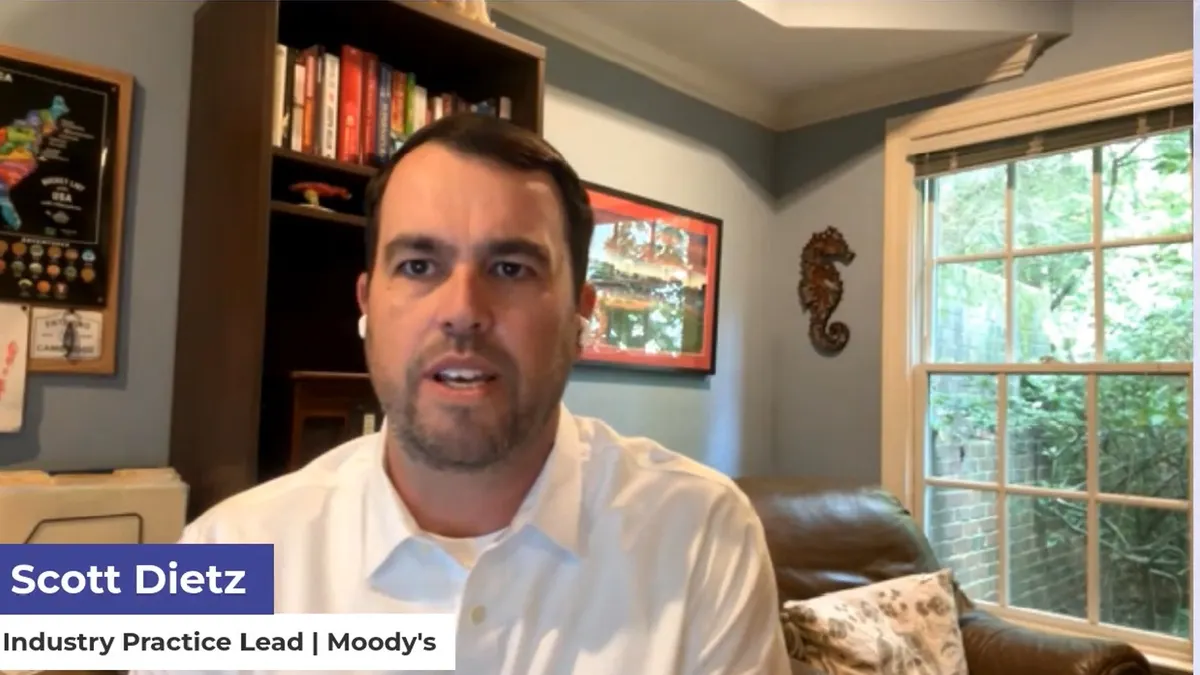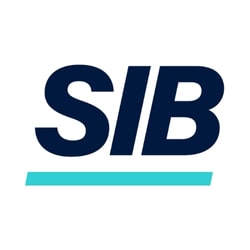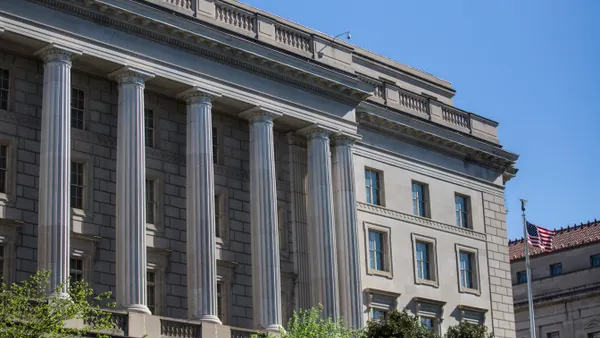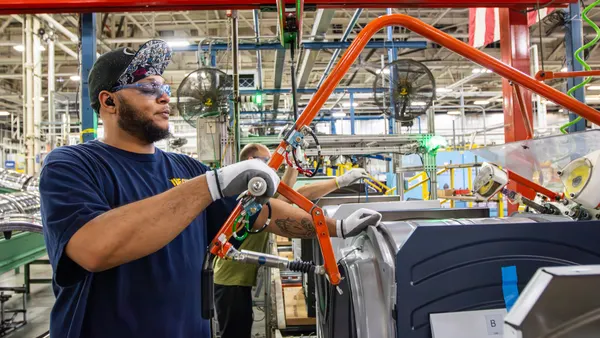Dive Brief:
- Consumer sentiment this month persisted at the lowest level since May on worries about high prices and the dimming outlook for the labor market, the University of Michigan said Friday.
- An index of consumer sentiment dipped to 55 in October from 55.1 last month as respondents expressed a gloomier view on future personal finances and buying conditions for durable goods, the university found in a survey concluded on October 6.
- “Pocketbook issues like high prices and weakening job prospects remain at the forefront of consumers’ minds,” Joanne Hsu, director of the university’s surveys of consumers, said in a statement. “Consumers do not expect meaningful improvement in these factors.”
Dive Insight:
The University of Michigan findings align with results of a recent survey by the Federal Reserve Bank of New York showing greater consumer pessimism about price pressures and the job market.
“Despite a small rebound in the expected job finding rate, labor market expectations continued to deteriorate with consumers reporting lower expected earnings growth, greater likelihoods of losing jobs and a higher likelihood of a rise in overall unemployment,” the New York Fed said in a statement.
Also, inflation expectations for a year ahead rose to 3.4% last month from 3.2% in August and, for five years ahead, to 3% from 2.9%, the New York Fed said Tuesday, describing results of the survey ended Sept. 30.
Weak hiring prompted the Fed last month to cut the main interest rate by a quarter percentage point in the first monetary easing this year.
The unemployment rate in August rose 0.1 percentage point to 4.3%, partly because joblessness among more vulnerable workers — such as those in their 20s — has increased in recent months. The unemployment rate for Black workers has hit the highest level since the pandemic after falling to an historic low in 2023, according to the Fed.
Flagging the soft job market, central bank officials last month forecast in a median estimate that by the end of this year they will make two, quarter-point reductions in the benchmark rate from its current range between 4% and 4.25%.
“We need to be prepared for the possibility that the softening in the labor market will become something worse, especially if there is a further adverse shock to demand,” Fed Governor Michael Barr said Thursday. He noted that stricter immigration controls this year have reduced the supply of workers by roughly 1 million.
Yet, like consumers, policymakers are also concerned about inflation, Barr said in a speech.
The Fed’s congressional mandate to ensure price stability “faces significant risks,” Barr said, noting that tariffs may stoke price pressures longer than many economists anticipate.
Although “inflation has come down a great deal since 2021, it is still above our 2% target and is now rising,” he said.
Fed officials “are currently in a challenging position because the risks to both sides of the Federal Open Market Committee's mandate — employment and inflation — are elevated,” he said. “I agree with Chair [Jerome] Powell's succinct view that there is no risk-free path forward for monetary policy.”





